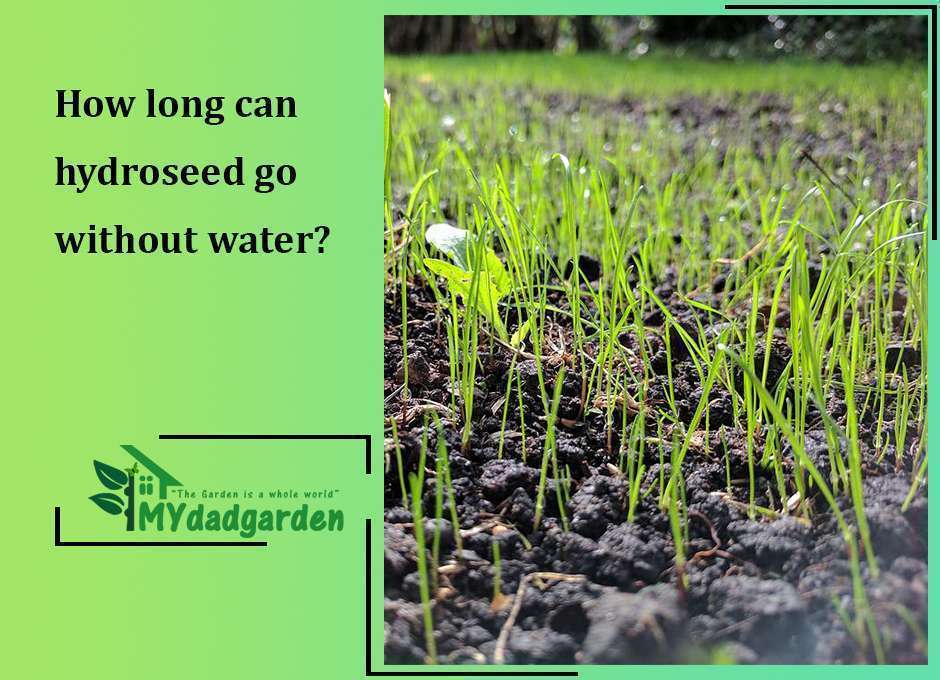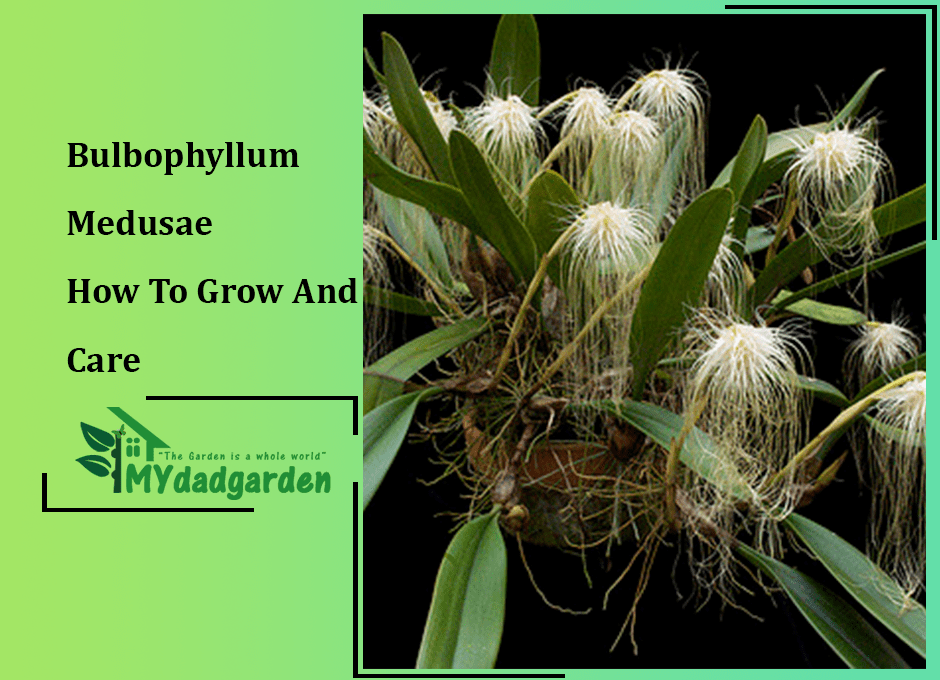Aloe Plant Care: Why Is My Aloe Dark Green?
If your aloe plant is dark green, there are a few things you need to know. First of all, don’t worry – it’s not dying! There are several reasons why an aloe plant might turn dark green, and most of them are nothing to be concerned about.
In this blog post, we will discuss the most common causes of dark green leaves on an aloe plant and how to correct them. We will also provide some tips for keeping your aloe healthy and happy!

Table of Contents
Why Is My Aloe Dark Green?
There are a few reasons why your aloe plant might be turning dark green. It could be due to overwatering, temperature fluctuation, lack of phosphorus, or excess nitrogen.
If you think you’re overwatering your aloe plant, try letting the soil dry out completely between watering. And make sure the pot has drainage holes so that the water can drain out completely.
Temperature fluctuations can also cause aloe plants to turn dark green. If it’s too cold, the leaves will turn red or purple. If it’s too hot, they’ll turn brown and crispy. So try to keep your aloe plant in a spot where the temperature is consistent.
Lack of phosphorus can also cause aloe plants to turn dark green. Phosphorus is an essential nutrient for aloe plants, and it helps with root growth, flower production, and disease resistance. If your aloe plant isn’t getting enough phosphorus, you can try adding a phosphorus-rich fertilizer to the soil.
Excess nitrogen can also cause aloe plants to turn dark green. Nitrogen is a essential nutrient for aloe plants, but too much of it can be harmful. It can cause the leaves to become thick and leathery, and the plant will stop growing. If you think your aloe plant has too much nitrogen, you can try watering it with distilled water or rainwater.
Hopefully these tips will help you get your aloe plant back to its normal color. If you have any other questions, feel free to ask in the comments below.

How To Care For A Dark Green Aloe Vera Plant?
Make sure the extreme temperature changes throughout the day and night don’t harm your aloe. During the night, keep your aloe warm if it’s extremely cold outdoors. Your aloe will thrive if the room temperature is kept normal.
Also you must find a way to restore balance if you consume too much fertilizer. Fortunately, there is a simple way to do it. You can reduce the amount of extra nitrogen in the soil by mulching the potting soil. For your potting soil, use organic fertilizer. This fertilizer will stop the buildup of any certain components, such as potassium.
Additionally, loosen the soil and give it plenty of water, making sure the water drains from the container. This will allow extra fertilizer to wash off the soil.
When its needs are met, aloe vera remains content. This plant is quite sensitive to care mistakes, but if you follow the appropriate guidelines, it will quickly recover.

Signs Of Unhealthy Aloe Plant
There are a few different signs that an aloe plant is unwell that you can watch out for. Other times, you may have a disease or fungus on your hands. Sometimes the cause is as easy as under- or over-watering your plant.
Brown or black circular spots
Aloe rust is a fungal disease that causes brown or black spots to appear on the aloe plant’s leaves. You won’t notice a significant spread of the discoloration because these darkened regions oxidize and isolate from the rest of the plant. Aloe plants that receive little sunlight or have leaves with standing water on them are more likely to develop this fungus.
Aloe rust must be prevented, which is unfortunate. Before purchasing, make sure to inspect an aloe plant carefully. If one in your home begins to show symptoms, you should repot it in new soil, remove the diseased leaves using sterile scissors, and ensure that it receives the necessary care.

Dark lower leaves
Overwatering can result in root rot, which manifests visually as your aloe plant’s lower leaves turning dark and mushy. It’s likely that you’re giving your plant too much water if you see the bottom of it beginning to decay.
You must first take your aloe plant out of its pot, throw away the old dirt, and then carefully rinse the roots in order to solve this issue. Check the root system for any brown or mushy areas, and then cut them out with sterile shears or scissors. Repot your aloe in a fresh pot with new soil if some white roots are still present; otherwise, it’s time to let the plant go to waste.

FAQ
Can brown aloe turn green again?
Yes, it is possible for brown aloe to turn green again. The aloe plant will start to photosynthesize and produce chlorophyll as it becomes more active in the light.
The plump, cherubic leaves of aloe plants have therapeutic benefits as well. The majority of issues are brought on by overwatering or using the wrong potting material; plants generally prefer to be on the slightly dry side.

Should aloe be light green?
The color of the aloe plant depends on the amount of light it receives. Aloe plants that are kept in direct sunlight will be a lighter green, while those that are kept in shaded areas will be a darker green.
New indoor plants typically have a slightly lighter green appearance. This occurs as a result of the various environmental factors. These plants benefit from a controlled environment when they thrive in garden centers. However, they are exposed to the elements when you bring them home. Thus, the reason your aloe plant has light green leaves may be due to this.

Should I cut the brown tips off my aloe plant?
You can remove the browning tips of your aloe vera plant without causing any damage to the plant. It won’t hurt your plant to leave the brown tips on if dryness is the problem. If they have a fungal infection, you should get rid of them.
Previous Article: Is It Normal For My Green Pepper To Turn Orange







